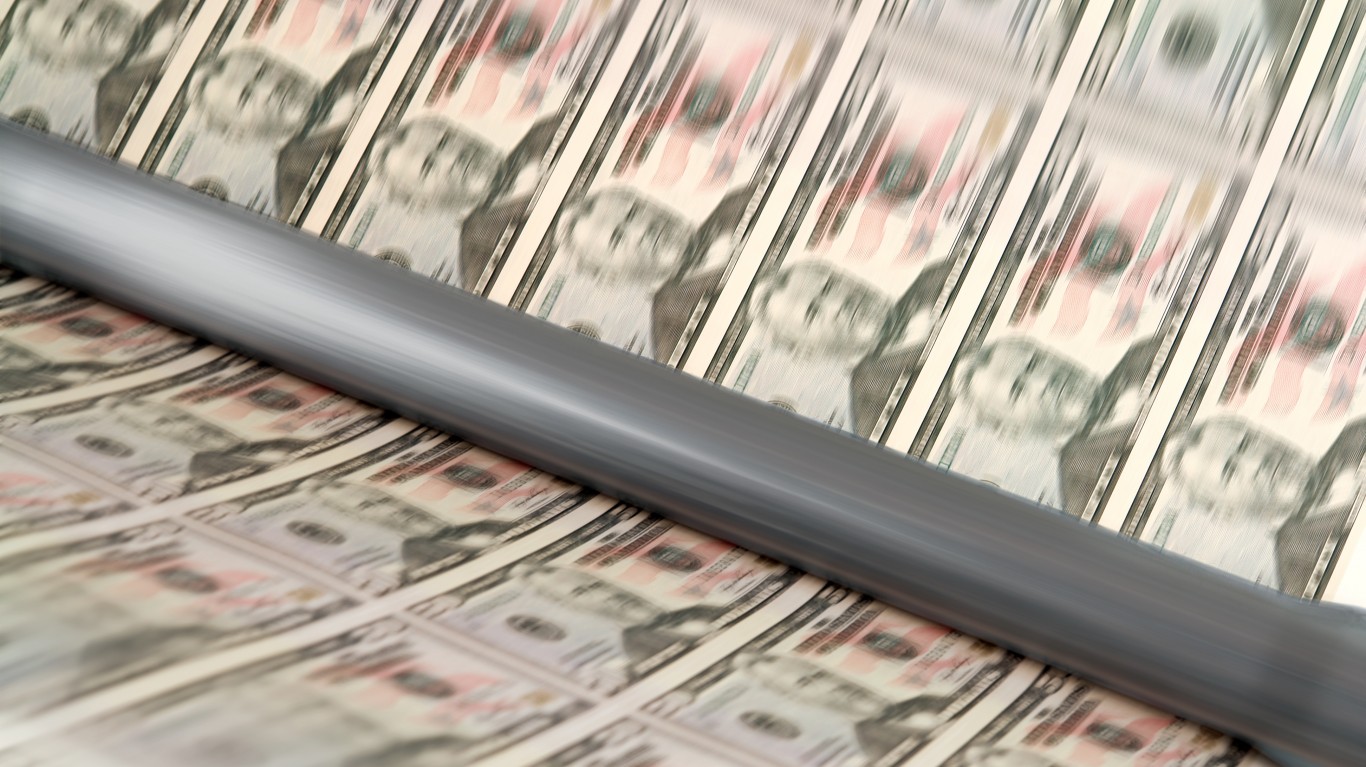Economy
As GDP Holds Up, Those Imminent Recession Calls Looking Very Premature

Published:
Last Updated:

While Wednesday was supposed to be a day about a Federal Reserve rate cut by the Federal Open Market Committee (FOMC), it was also the day that brought the first look at third-quarter gross domestic product. With all of the media calls for an imminent recession over the summer and into September, the bias was skewed much too far on the negative side of the equation. The headline GDP growth for the third quarter of 2019 was a better than expected 1.9%.
Econoday’s consensus headline estimate was calling for 1.7% growth, and the Dow Jones (Wall Street Journal) consensus estimates called for 1.6% growth.
Real consumer spending led the way with a better than expected 2.9% gain, and the GDP price index rose by 1.7% in the third quarter. Those were both lower than in the second quarter, when overall GDP rose by 2.0%.
Recall that the general reference used by the media and the investing community is that two-thirds to 70% of U.S. GDP comes from consumer spending activities. Within consumer spending strength, the 7.6% growth durable goods (despite being down from the 13% reading in the second quarter) helped keep the overall numbers better than expected. Residential investment rose by 5.1% and made its first net positive GDP contribution in almost two years.
While strong consumer spending was in play, weak capital spending by businesses was a theme in the report. The section covering nonresidential fixed investment business spending, which covers R&D, software, structures and equipment fell by 3%, and that was led by more than a 15% drop in spending on structures.
Government spending also helped to keep the number higher. That came in at 2.0% for the third quarter, but it is down from 4.8% in the second quarter. Federal nondefense outlays were up 5.2%, and outlays tied to defense rose by 2.2%.
The long and short of the matter about the third-quarter GDP report for 2019 is that all those fears in the summer were overblown. Tariffs and trade continue to weigh on the psyche of the economy, but those who are generally reporting on it seemed to have assumed from the start that a 25% or 50% tariff automatically means that prices will skyrocket. It’s complicated, but the stamp at the customs process is just one of many steps along the way from a factory in China to the time it gets into Joe Public’s hands.
The CME FedWatch Tool had predicted that there was a 94.1% probability at the start of this week that the FOMC would lower its target rate in federal funds by 0.25% to a range of 1.50% to 1.75%. After a sagging consumer confidence reading on Tuesday, the FedWatch Tool was signaling closer to a 97% chance of a rate cut. This morning it was signaling a probability of 99.5% that Fed Chair Jerome Powell and the FOMC would deliver on that one-quarter point rate cut.
Want retirement to come a few years earlier than you’d planned? Or are you ready to retire now, but want an extra set of eyes on your finances?
Now you can speak with up to 3 financial experts in your area for FREE. By simply clicking here you can begin to match with financial professionals who can help you build your plan to retire early. And the best part? The first conversation with them is free.
Click here to match with up to 3 financial pros who would be excited to help you make financial decisions.
Thank you for reading! Have some feedback for us?
Contact the 24/7 Wall St. editorial team.